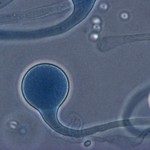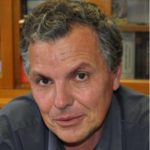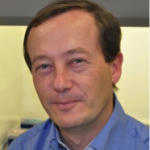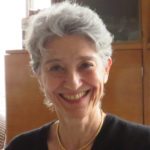Link to Pubmed [PMID] – 33959624
Link to DOI – 10.3389/fmed.2021.641965
Front Med (Lausanne) 2021 ; 8(): 641965
Replacement of fluconazole by echinocandins as the first-line therapy for yeast-related fungemia could have an impact on both the mortality rate and the epidemiology of yeast species responsible for candidemia. We analyzed the individual clinical and microbiological data collected through the active surveillance program on yeast fungemia (YEASTS program, 2004-2016, Paris area, France) within 14 University Hospitals. The cohort included 3,092 patients [male:female ratio: 1.56; median age 61.0 years (IQR: 23.8)]. The mean mortality rate within 30 days was 38.5% (1,103/2,868) and significantly higher in intensive care units (690/1,358, 50.8%) than outside (413/1,510, 27.4%, p < 0.0001) without significant change over time. The yeast species distribution [Candida albicans (n = 1,614, 48.0%), Candida glabrata (n = 607, 18.1%), Candida parapsilosis (n = 390, 11.6%), Candida tropicalis (n = 299, 8.9%), Candida krusei (n = 96, 2.9%), rare species (n = 357, 10.6%)], minimal inhibitory concentration distribution, and the distribution between the patient populations (hematological malignancies, solid tumors, without malignancy) did not change either while the proportion of patients ≥60-years increased from 48.7% (91/187) in 2004 to 56.8% (133/234) in 2017 (p = 0.0002). Fluconazole as first-line therapy dramatically decreased (64.4% in 2004 to 27.7% in 2017, p < 0.0001) with a corresponding increase in echinocandins (11.6% in 2004 to 57.8% in 2017, p < 0.0001). Survival rates did not differ according to the first antifungal therapy. The progressive replacement of fluconazole by echinocandins as the first-line antifungal therapy was not associated with change in global mortality, regardless of species involved and antifungal susceptibility profiles. Other factors remain to be uncovered to improve the prognosis of yeast fungemia.






